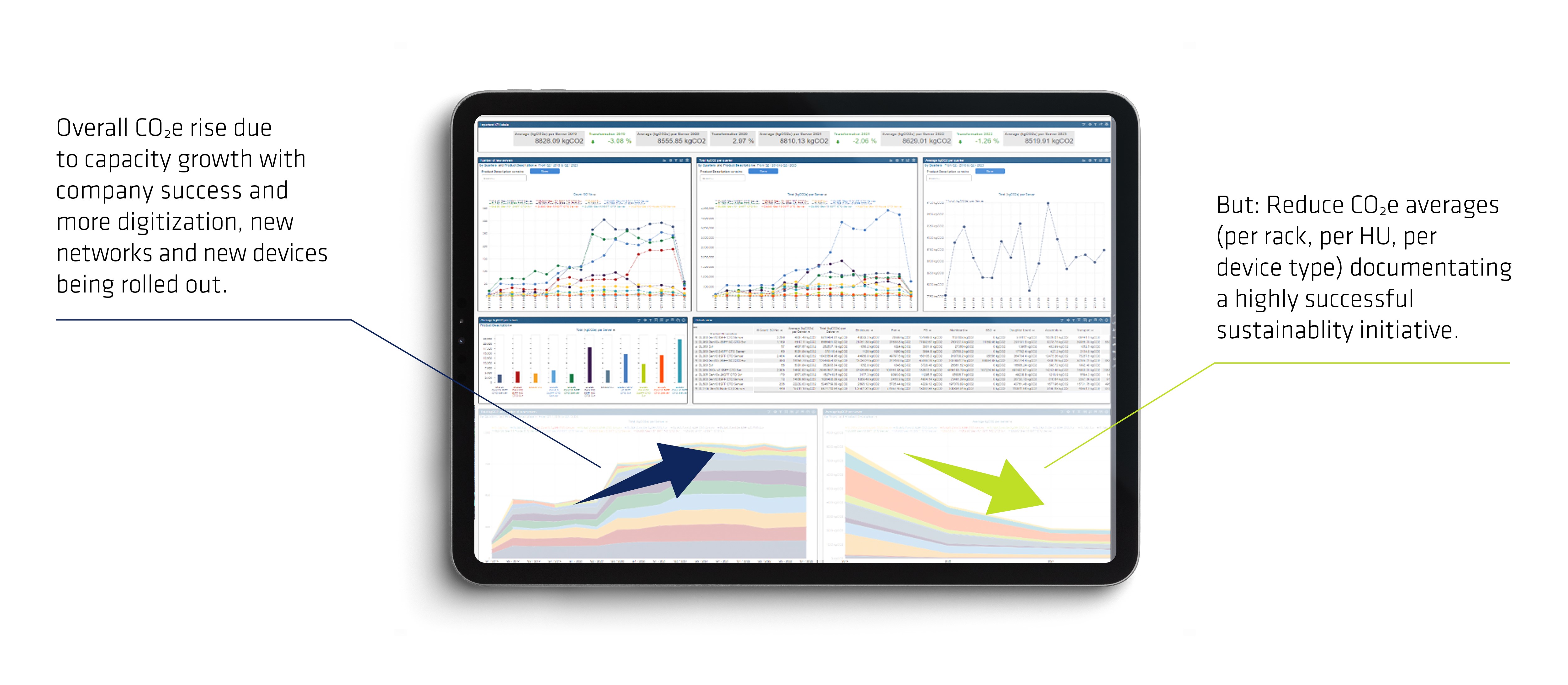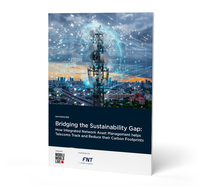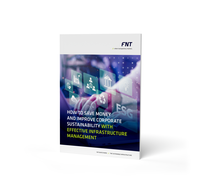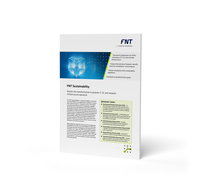What is Sustainable Infrastructure?
Sustainable infrastructure is a key element of a business strategy that seeks to minimize the environmental impact of operations. Businesses rely on digital services, and the infrastructures that support these services—known as digital infrastructures—play a significant role in pollution, greenhouse gas emissions, and resource depletion. Given this, IT, data center, and telecommunications infrastructures are natural starting points for companies aiming to enhance their sustainability and reduce their environmental footprint.
Main Components of a Sustainable Infrastructure in Corporations
Comprehensive sustainable infrastructure management requires a two-pronged approach. One part focuses on GHG emissions, the other on overall efficiency and resource usage within the infrastructure. Implementing both is the best way to ensure you achieve your sustainability goals.
What are the Benefits of Managing a Sustainable Infrastructure in Corporations?
Managing and operating a sustainable infrastructure is good not only for the environment, it has significant business benefits.
Carbon footprint documentation ensures that audit-ready overviews of CO2 footprint data are available for inclusion in financial statements requiring sustainability reporting. It supports new ESG legislation, such as the EU CSRD and EED, and the United States Senate Bills 253 and 261, all of which mandate enterprises document their GHG (Greenhouse Gas) Scope 3 carbon footprint and other environmental emission data and integrate it into fiscal year-end reporting.
Establish monitoring and reporting mechanisms to track progress towards sustainability goals. Use key performance indicators (KPIs) to measure environmental performance and identify areas for improvement.
Prominent investment funds require adherence to sustainability standards to be eligible for financing. Detailed infrastructure eco footprint documentation makes the sustainability reporting needed during the application process possible.
Make better use of port capacity, foster circularity in equipment usage, and consolidate IT through virtualization of servers and network hardware. Monitor power consumption and utilization. Identify hotspots and redistribute heat-generating equipment across a data center, allowing room temperature to be raised and cooling capacity lowered.
Find systems and equipment that aren’t performing a useful purpose or unwanted redundancies and shut them down with quality documentation that is recorded across the lifecycle of its components. Capturing this level of information on all installed equipment and managing it across the organization makes it possible to see and act on relationships and dependencies between the different components of the infrastructure.
Lower energy and cooling expenses from minimizing energy consumption and heat generation. Eliminate waste in infrastructure operation by accurately determining capacity needs and limiting resource usage to what’s truly necessary. Reduce placement costs by opting for eco-friendly equipment that has enhanced durability and longer lifespans. Minimize time-consuming troubleshooting and repairs with a well-documented infrastructure.
Would you like to experience the FNT solution for Environmental Sustainability live?
Highlights of FNT’s Infrastructure Management Solution for Corporate Sustainability
FNT provides businesses with the information and tools to reduce the carbon footprint of their digital infrastructure. Our solution supports energy efficiency and emissions reduction by enabling precise documentation of the infrastructure, including GHG emissions, and storing this information as part of an asset digital twin. Planning and management functionality embedded in the software enable tracking and optimization of resource use and resulting emissions.
Our solution consists of two parts:
- FNT Sustainability: This component documents detailed emissions data, capturing a full range of environmental impact factors—including embodied CO2, freshwater use, mineral resource depletion, and acidification—from both physical devices and virtual elements. It records these emissions during the use phase for each element in the IT, network, and data center infrastructure.
- FNT Command: This is the management platform where emissions data is stored and utilized, alongside comprehensive information about the entire infrastructure. Networks, applications, hardware, and services, as well as the relationships and dependencies between them, are documented in FNT Command along with the environmental factors from FNT Sustainability. The platform’s management features—covering analysis, visualization, planning, and process management, including workflows and work orders—help users identify and resolve inefficiencies, enabling more efficient and cost-effective operations. All of which makes the infrastructure more sustainable.
FAQ: Improving Corporate Sustainability
There are many regulations, and they differ from country to country. Some of the most notable include:
- Global Reporting Initiative (GRI) – provides businesses with the global common language to communicate their environmental impacts
- Sustainability Accounting Standards Board (SASB) – develops sustainability accounting standards for public corporations
- Energy Efficiency Directive (EED) – requires EU countries to report on energy efficiency investments
- Corporate Sustainability Reporting (CSR) – requires large and listed EU companies to publish reports on their social and environmental risks and impacts
Greenhouse gas (GHG) emissions are separated into three categories, or scopes. Companies use these scopes to understand their value chain emissions and identify areas for reduction.
- Scope 1 - Direct emissions from sources owned or controlled by the company, such as running vehicles and generators.
- Scope 2 - Indirect emissions from the purchase and use of energy, such as electricity, steam, heating, and cooling. These emissions are a consequence of the activities of the company but occur from sources not owned or controlled by it.
- Scope 3 - Similar to Scope 2 emissions, these indirect emissions are a consequence of the activities of the company but occur from sources not owned or controlled by it. They can occur anywhere in the company's value chain, including upstream and downstream activities.
Consequences vary by country or region. Some countries or regions legally mandate carbon reporting, and some have regulations that are not enforceable by law, but businesses can be penalized for non-compliance. Depending on where a business is located, there can be financial penalties assessed for non-compliance. Another financial consequence for failing to report is being ineligible for the many tax exemption programs governments worldwide offer as incentives to encourage sustainability efforts. To apply and prove eligibility, sound documentation and proof of progress is required. Finally, some investors require emissions reporting for access to their funding.
Would you like to know more about Sustainable Infrastructure in Corporations? Then you might be interested in the following:












